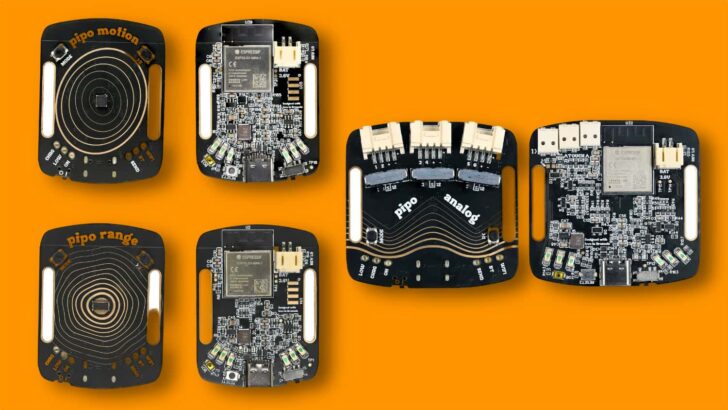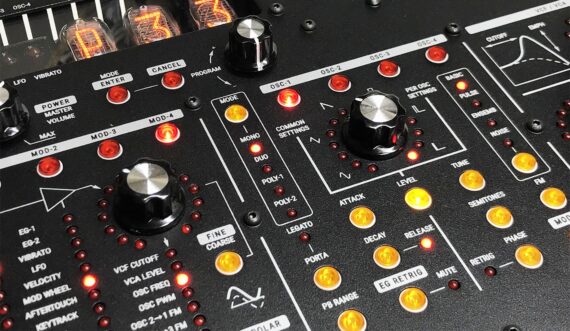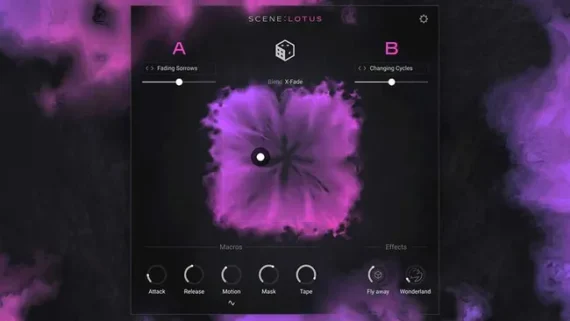Pipo Interfaces Offer An Open Source Solution For Creative MIDI Control

Developer Rupert Renevier let us know about Pipo Interfaces, a new set of open source MIDI controllers that turn sensor data into wireless MIDI or OSC signals.
Pipo modules are plug-and-play, standalone boards that can be used independently or together, wired or wirelessly. They share many core features: an onboard lithium battery charger, Wi-Fi and Bluetooth LE connectivity, a USB Type-C port, and practical mounting holes.
There are currently three Pipo module designs:
- Pipo Motion allows you to trigger actions using its spatial orientation, acceleration, taps, or vibrations.
- Pipo Range can be used for distance sensing and object detection. It can sense hands (like a theremin) or detect bigger objects like walls, obstacles, or people up to a few meters away.
- Pipo Analog is the ‘Swiss army knife’ of the family. Using standard Grove-type connectors, any signal between 3.3 and 12 V can be used with your Pipo-based project, making it compatible with a long list of existing sensors made for Arduino. The capacitive touch inputs let you create buttons using various common conductive materials or objects: wires, metallic tape, vegetables, conductive paint…or anything else you can imagine.
What Renevier has to say about Pipo:
“Pipo is a collection of three modules aimed at enabling dynamic, live interaction with audiovisual and music software. They turn sensors into standard input devices—in seconds.
Pipo supports MIDI, OSC, and USB HID protocols, ensuring compatibility with a wide range of computing platforms.
The Pipo ecosystem offers a versatile platform for exploring alternative inputs for everything from music to gaming. It provides a configurable open-source sensor solution with a simple browser-based interface.
Whether you’re a beginner or a pro, you’ll find a reason to love Pipo—it gives superpowers to creatives and is a time-saving, feature-rich solution for makers.”
Details on pricing and availability are to come. You can sign up for notifications on Renevier’s project page.




